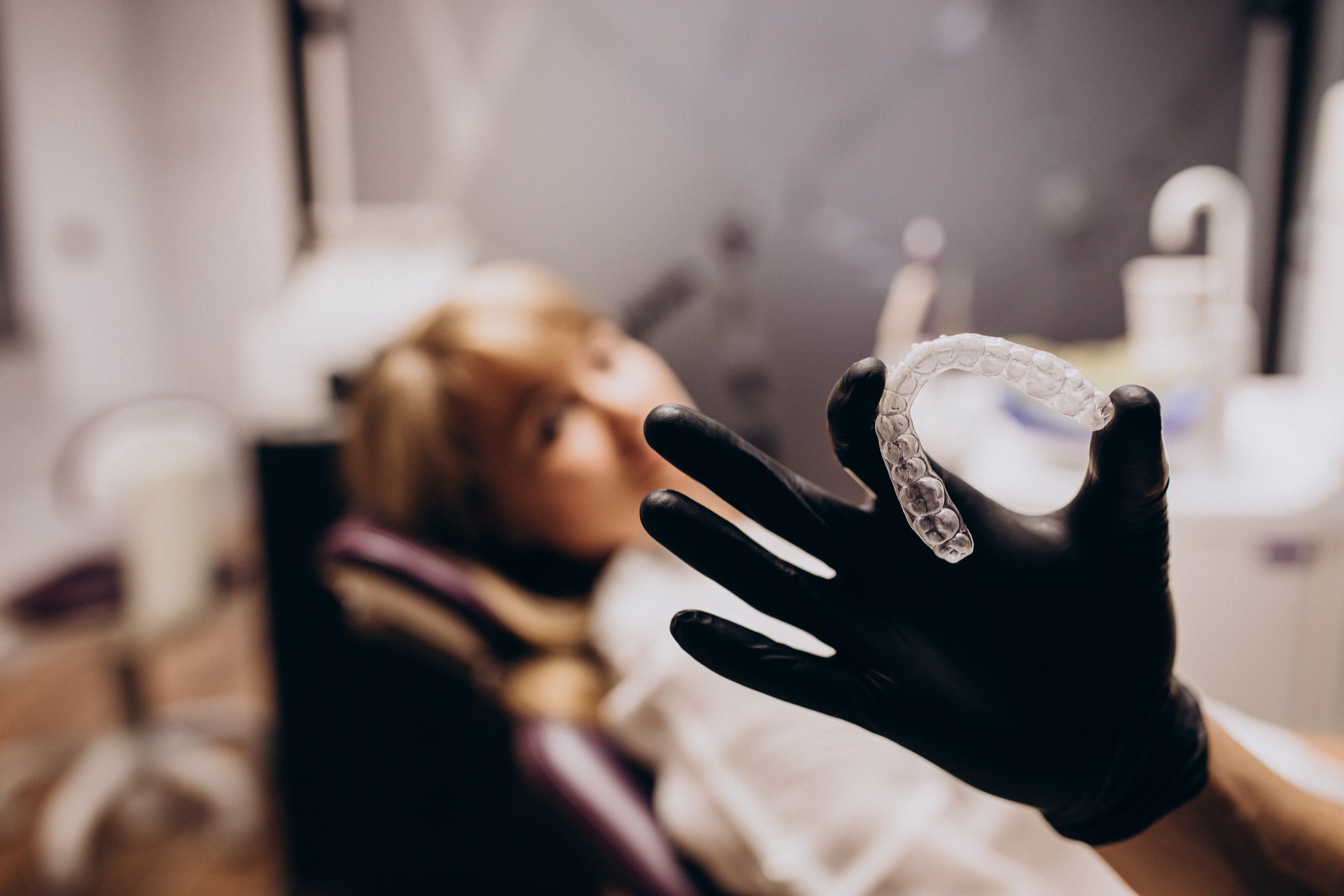Invisalign has revolutionized the field of orthodontics by providing a discreet and comfortable alternative to traditional braces. With its clear aligner system, Invisalign offers the opportunity to straighten misaligned teeth and achieve a beautiful smile. However, one common question that arises is whether it is possible to get Invisalign treatment for just the upper or lower rows of teeth, rather than both. For the best invisalign san mateo, choose Alborzi Orthodontics.
Understanding Invisalign Treatment
Invisalign treatment involves a series of custom-made clear aligners that gradually shift your teeth into their desired positions. These aligners are typically worn for 20-22 hours a day and are replaced every few weeks as your teeth progress toward the final desired alignment. The treatment duration varies based on individual needs and can range from a few months to over a year.
Can You Get Invisalign for Just the Upper or Lower Teeth?
Indeed, the answer is affirmative, but it may not always be recommended. You may contemplate whether opting for Invisalign treatment on a single row of teeth would require less upkeep or reduce the overall expenses involved. Nevertheless, in many instances, it is more advisable to consider Invisalign treatment for both upper and lower rows of teeth, due to several significant factors.
Factors to Consider
- Orthodontic Evaluation: Before determining the suitability of single-arch treatment, an orthodontic evaluation is necessary. Your orthodontist will assess your bite, tooth alignment, and overall oral health to determine if treating just the upper or lower teeth is a viable option. In some cases, correcting misalignment in one arch may impact the functionality and stability of the opposing arch, requiring comprehensive treatment.
- Bite and Jaw Alignment: Correcting the position of your teeth involves not only aligning them but also ensuring a proper bite and jaw alignment. Your orthodontist will evaluate how the upper and lower teeth fit together when determining whether single-arch treatment is suitable. Addressing bite issues may necessitate treatment involving both arches.
- Aesthetic Considerations: While it may be tempting to opt for treatment targeting only the upper or lower teeth to address specific cosmetic concerns, it’s crucial to remember that achieving a harmonious and balanced smile often requires treating both arches. Your orthodontist will consider your overall facial aesthetics and dental symmetry to provide you with the most desirable results.
- Treatment Goals and Patient Expectations: Open communication with your orthodontist is vital to discuss your treatment goals and expectations. If you express a preference for single-arch treatment, your orthodontist will evaluate the feasibility and potential limitations while ensuring that your expectations align with the expected outcomes.
Conclusion
Invisalign offers a versatile orthodontic treatment option that can be customized to address specific dental concerns. While it is possible to undergo Invisalign treatment for just the upper or lower teeth, it depends on various factors such as orthodontic evaluation, bite alignment, aesthetic considerations, and treatment goals. Consulting with an experienced orthodontist is crucial to determine the most appropriate treatment plan that aligns with your unique needs. Remember, the ultimate goal is to achieve a healthy and beautiful smile that enhances your overall oral health and self-confidence. Choose Alborzi Orthodontics – the best orthodontist san mateo.
Key Takeaways
Feasibility: It is possible to undergo Invisalign treatment for just the upper or lower teeth, but it depends on factors such as orthodontic evaluation, bite alignment, aesthetic considerations, and treatment goals.
- Comprehensive Treatment: Correcting misalignment and achieving a harmonious smile often requires addressing both upper and lower teeth. Treating both arches ensures proper bite alignment and dental symmetry.
- Individual Assessment: Each case is unique, and an orthodontic evaluation is crucial to determine the most suitable treatment plan. Your orthodontist will consider your specific dental concerns, overall oral health, and aesthetic goals.
- Open Communication: Discuss your treatment goals and expectations with your orthodontist. They will provide guidance on the best approach and address any concerns you may have.
- Achieving Optimal Results: While single-arch treatment may seem appealing due to specific cosmetic concerns or perceived cost savings, it is important to prioritize achieving a healthy and balanced smile that enhances overall oral health.
